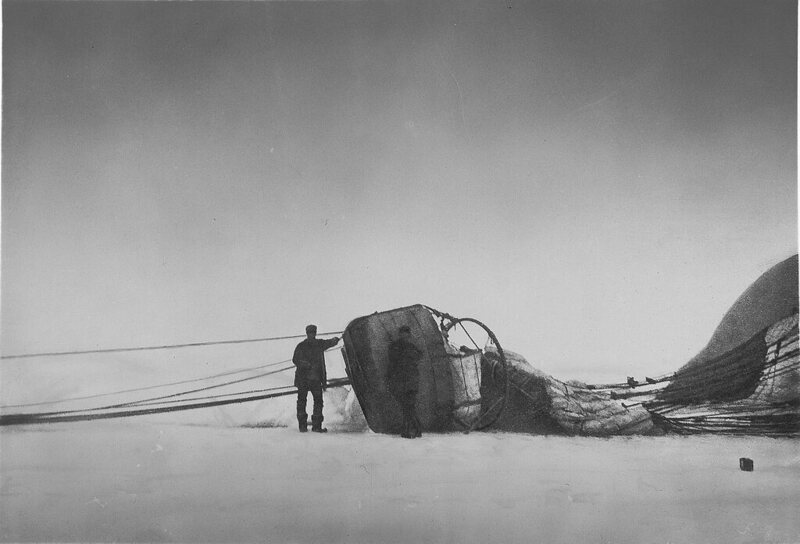In the summer of 1897, three Swedish explorers set out to do something no one had ever done before: reach the North Pole by air. Led by engineer and visionary S. A. Andrée, accompanied by Nils Strindberg and Knut Frænkel, the men boarded a hydrogen balloon named Örnen (“The Eagle”) with grand hopes of soaring over the Arctic and into history. Instead, they vanished only to be rediscovered over three decades later, their tragic tale captured in 93 haunting photographs.
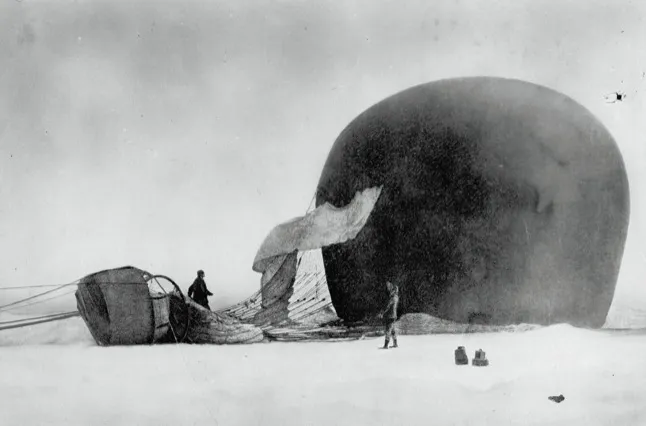
A Bold Dream Takes Flight
At the turn of the 20th century, polar exploration was the ultimate test of courage and innovation. Andrée believed that ballooning offered a faster, more direct path to the North Pole bypassing the brutal sled journeys that had crushed many before him. On July 11, 1897, the trio launched from Svalbard in Norway, cheered on by a crowd and supported by the Swedish government and Royal Academy of Sciences.
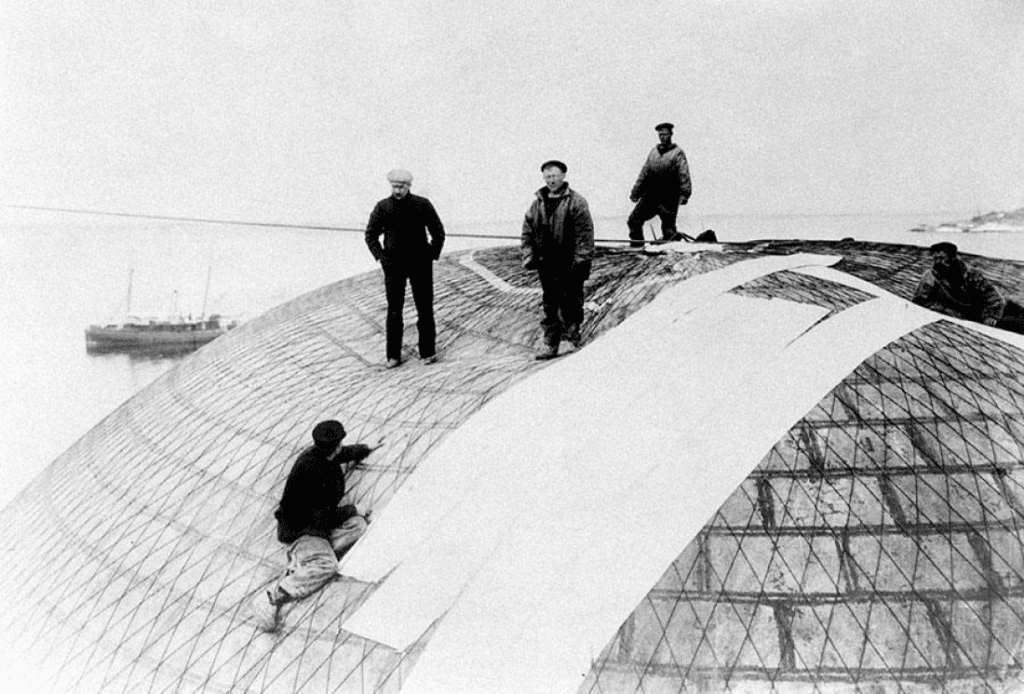
But it didn’t take long for trouble to find them. The balloon was unstable, and within just a few days, it lost too much hydrogen to stay aloft. Forced to crash-land onto the unforgiving Arctic ice, the men were now stranded in one of the most hostile environments on Earth.
Video:
The Insane Arctic Balloon Expedition of 1897
A Fight for Survival on the Ice
What followed was a heartbreaking trek across shifting ice floes and frigid waters. The men pulled heavy sleds loaded with equipment, scientific instruments, and supplies salvaged from the balloon. They documented their every move, believing they still had a chance to survive or at least that their discoveries would someday be found.
They eventually reached a remote speck of land in the Arctic Ocean known as Kvitøya White Island. There, the trail ended.
No one heard from them again.
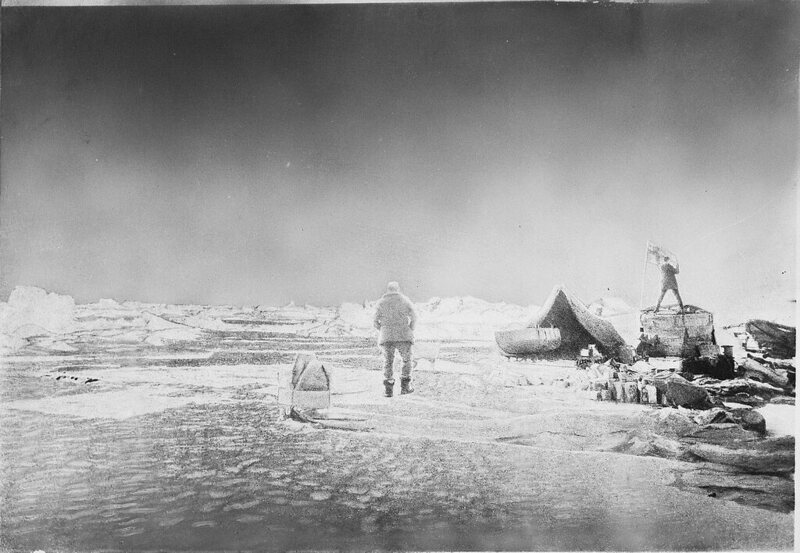
The Mystery Lingers for Decades
For 33 years, the fate of the expedition remained an unsolved Arctic mystery. Had they made it farther? Had they been rescued by chance? There were theories, speculations, even hoaxes. But it wasn’t until 1930 that a Norwegian expedition to White Island stumbled upon something extraordinary.
In a collapsed tent on the desolate island were the remains of all three explorers—along with journals, personal effects, and a camera.
Even more astonishing? The film inside had survived.
Video:
TRAGIC STORY OF SALOMON ANDREE: How the First Arctic BALLOON Expedition Ended // North Pole 1897
Photographs from the Edge of the World
Carefully developed, 93 images emerged from the film. They showed the balloon’s final moments, their trek across the ice, moments of quiet reflection, and scenes of the icy vastness that swallowed them whole. These were not just expedition photos they were the visual last words of three men who dared to dream too big for their time.
Strindberg, the group’s photographer, had captured not only the Arctic but the soul of the expedition. The images showed grit, exhaustion, camaraderie and the slow descent into isolation.
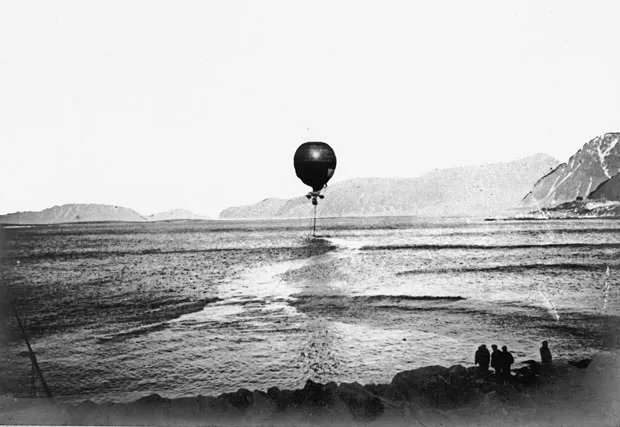
A Legacy Etched in Ice and Film
Today, the Andrée balloon expedition stands as one of the most poignant stories of early polar exploration. It’s a tale of ambition, failure, and human endurance. The recovered photographs preserved against all odds turned what could have been a forgotten expedition into a powerful narrative of hope and heartbreak.
Though they never reached the North Pole, the trio’s journey left an indelible mark on history. Their story reminds us that the human spirit, even in its final hours, can strive, document, and dream.
And thanks to 93 frozen frames of film, the world can still witness the last days of three explorers who chased the sky.
